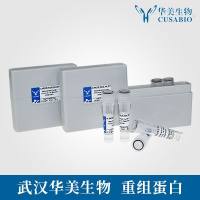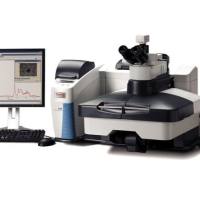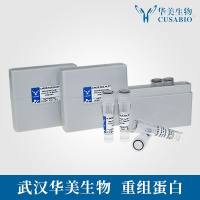Every organ compromises of several different cell types. When studying the effects of a chosen compound within this organ or tissue uptake, localisation, metabolism, and the effect itself can be expected to differ between cells. Using the example of Vitamin E in pulmonary tissue we introduce confocal Raman Microscopy as a superior method to localise lipid-soluble compounds within tissues and cells. We describe the analyses of vitamin E, its oxidation products, and metabolites as well as pulmonary surfactant phospholipids in fixed lung tissue sections. Examples of main structural membrane lipids (PC, cholesterol) and an example of a lipid-signalling molecule (ceramide) are also included. Confocal Raman microscopy is a non-destructive optical method of analysing chemical and physical composition of solids, liquids, gases, gels, and solutions. The method is rich in information allowing discrimination of chemically similar molecules (including geometric isomers) and sensitive monitoring of subtle physical interactions. Additionally, Raman spectroscopy is relatively insensitive to water allowing the analysis of aqueous solutions and suspensions typical in biochemistry. In contrast, Raman spectroscopy is sensitive to non-polar molecules making it ideal for lipidomics research.






